Exploring the Universe of 3D Flooring
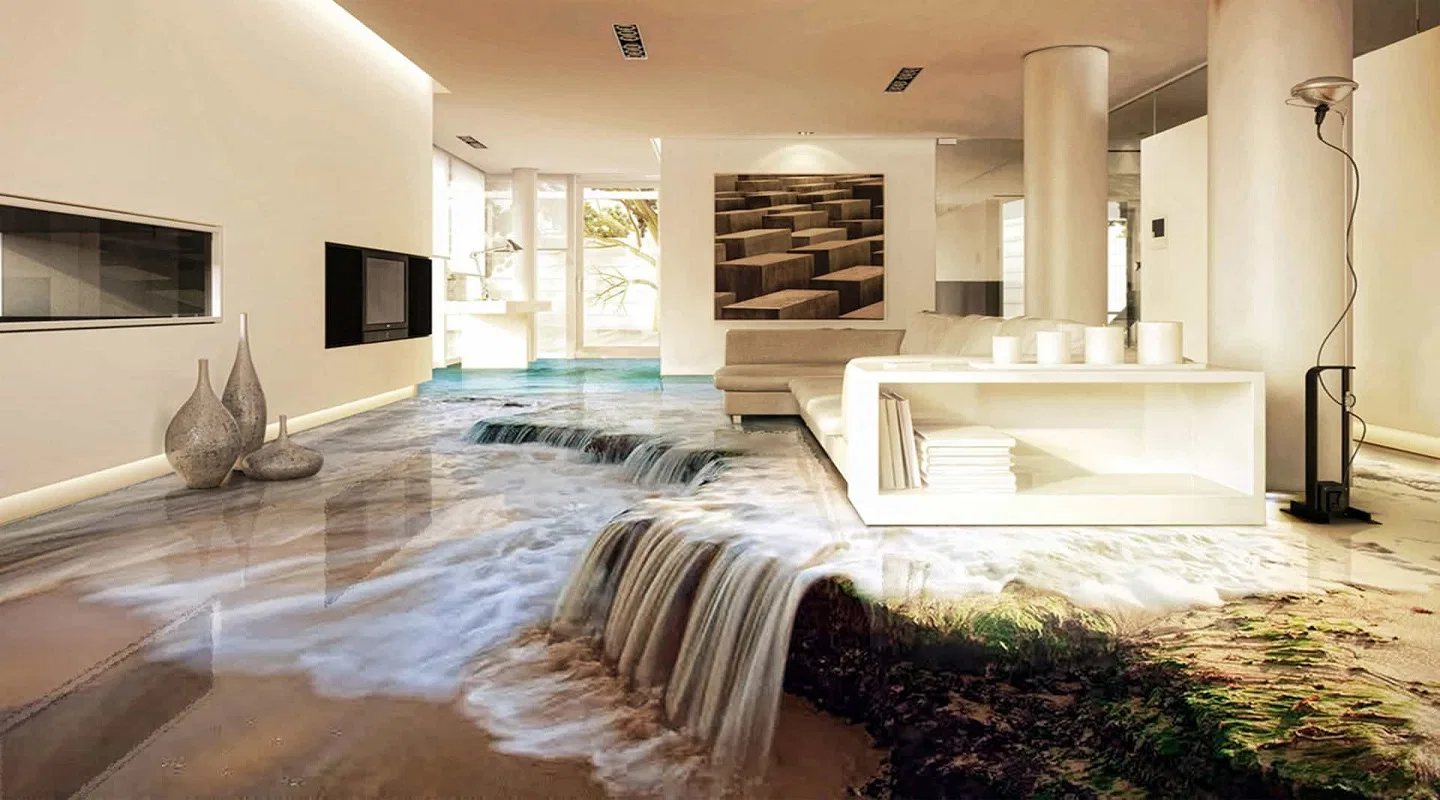
3D flooring, a captivating and immersive development in interior design, has created a whirlwind of enthusiasm worldwide. This flooring breathes life into your living spaces, converting them into nothing less than a remarkable work of art. It signifies an adventurous departure from traditional flooring, distinguished by its breathtaking visuals and superior resilience.
3D Flooring Design Ideas
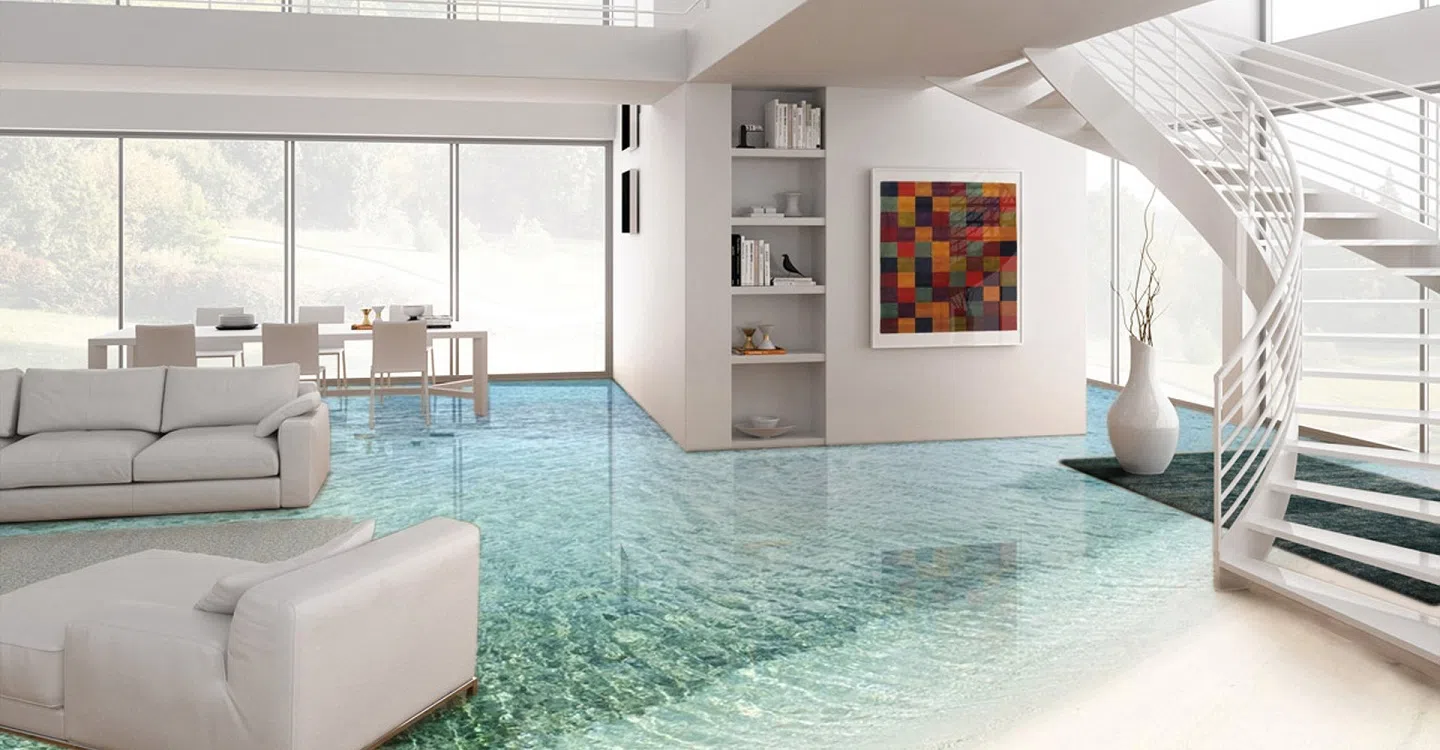
The Conceptual Stage: Creating any great work of art begins with a spark of inspiration. In 3D flooring, this spark often manifests as a high-definition picture, encapsulating the theme or scene the designer wishes to portray. The picture might encompass anything from a peaceful sea view to complex geometrical designs. Designers use advanced design software to craft these images, ensuring each detail, color, and shade is flawlessly represented.
Execution Phase: The execution of 3D flooring involves a detailed and careful process requiring technical acumen. The flooring surface is initially prepped to ensure it is even, smooth, and dust-free, typically through grinding, filling, and primer application. The selected 3D image is printed onto a special film, which is then installed on the primed surface.
After positioning the film correctly, a transparent two-component polymer—usually an epoxy or polyurethane resin—is applied over the top. This layer hardens to create a protective casing that is visually impressive and extraordinarily durable.
Explore more types of flooring materials and their qualities.
Interior Design Evolution
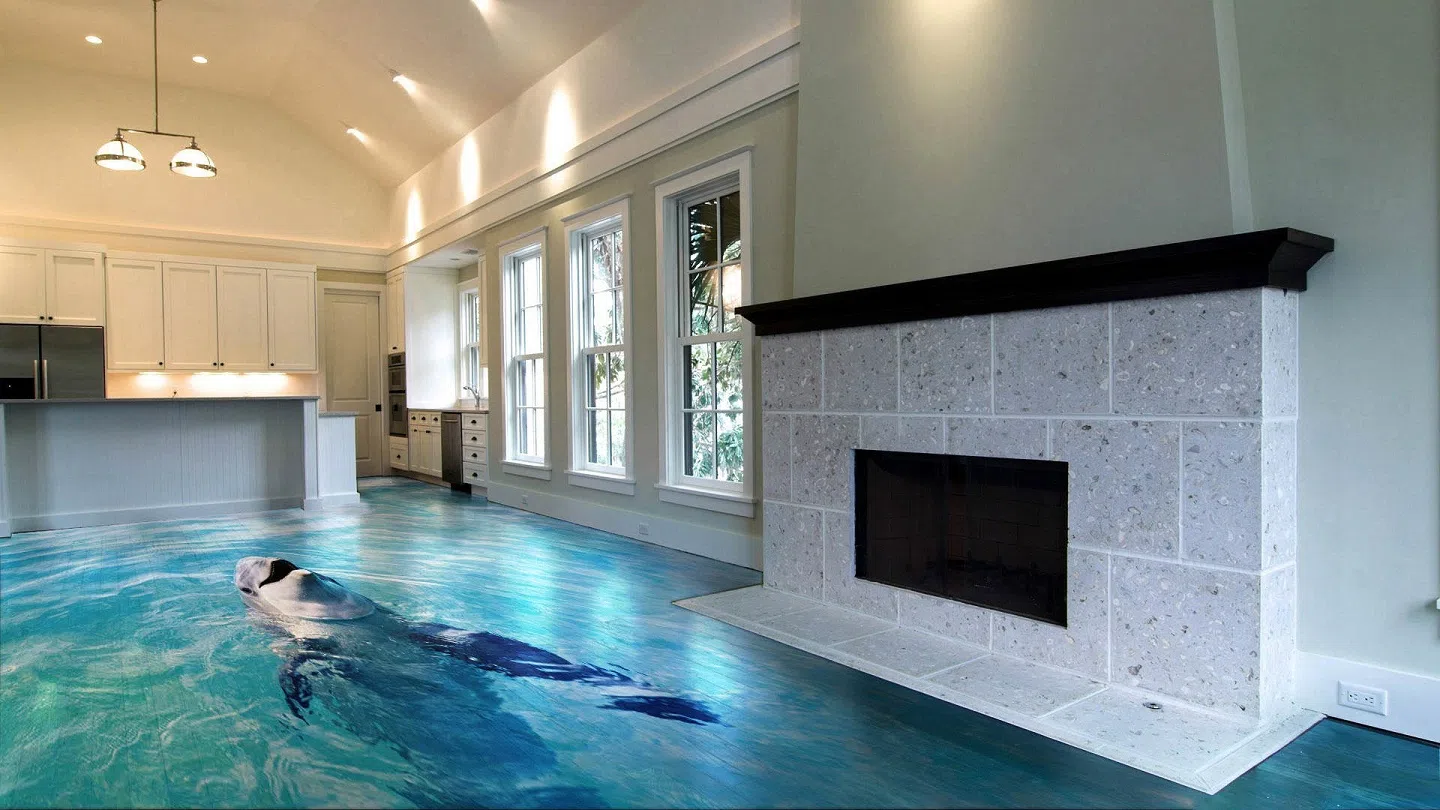
3D flooring offers a vast range of creative possibilities, igniting a new era in interior design. It invigorates mundane spaces, establishing immersive environments that captivate our senses in ways that traditional flooring cannot. Imagine strolling on a desert island, navigating an enchanted woodland, or floating through the cosmos—all within the comfort of your own dwelling or commercial environment.
Beyond its visual allure, 3D flooring can also have deep emotional resonance. For example, a floor with an underwater theme might create a calming atmosphere, while a floor showing a cloud-filled sky might inspire feelings of liberation or spaciousness. It’s an innovative way to craft experiences and evoke specific emotions, making spaces more vibrant and personal.
What do you need to know about maple flooring and its pros and cons, you can find here, plus so many photos.
Practical Advantages of 3D Flooring
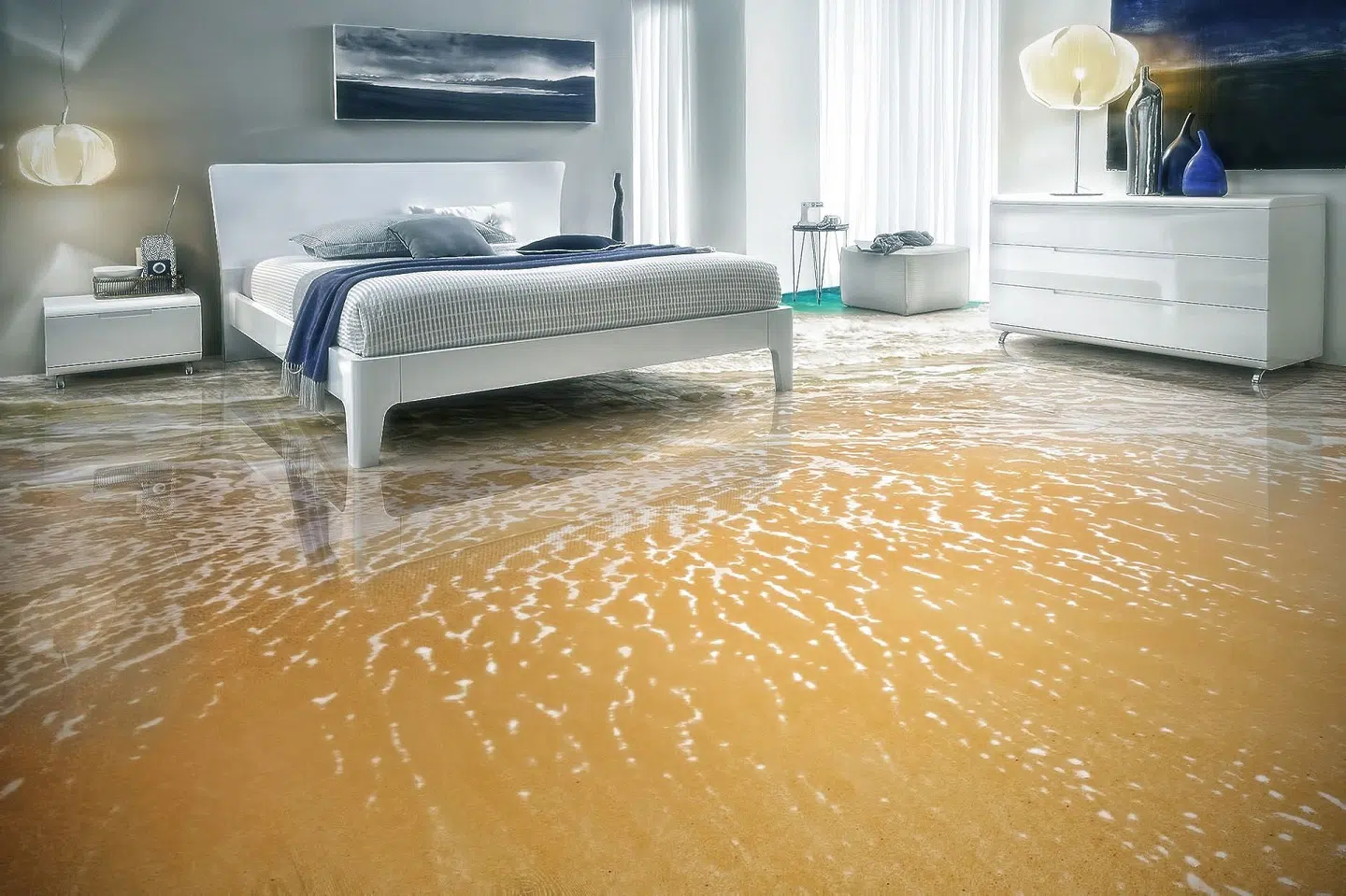
We talk about 3D flooring advantages below:
Robustness and Maintenance Simplicity: 3D flooring boasts impressive robustness. The epoxy or polyurethane top layer provides excellent resistance to impacts, scratches, and various chemicals, making it ideal for areas with high foot traffic. Furthermore, these floors are simple to clean and care for, presenting a practical alternative for residential and commercial uses.
Eco-Consciousness: Generally, 3D flooring materials are environmentally friendly. They don’t emit harmful substances, making them safe for the environment and the inhabitants of the space. Plus, thanks to their long lifespan, 3D floors contribute to waste reduction related to frequent floor replacements.
Everything you need to know about engineered cherry wood flooring, from Brazilian cheery wood to American cherry wood flooring.
Decoding the Material Science of 3D Flooring Epoxy
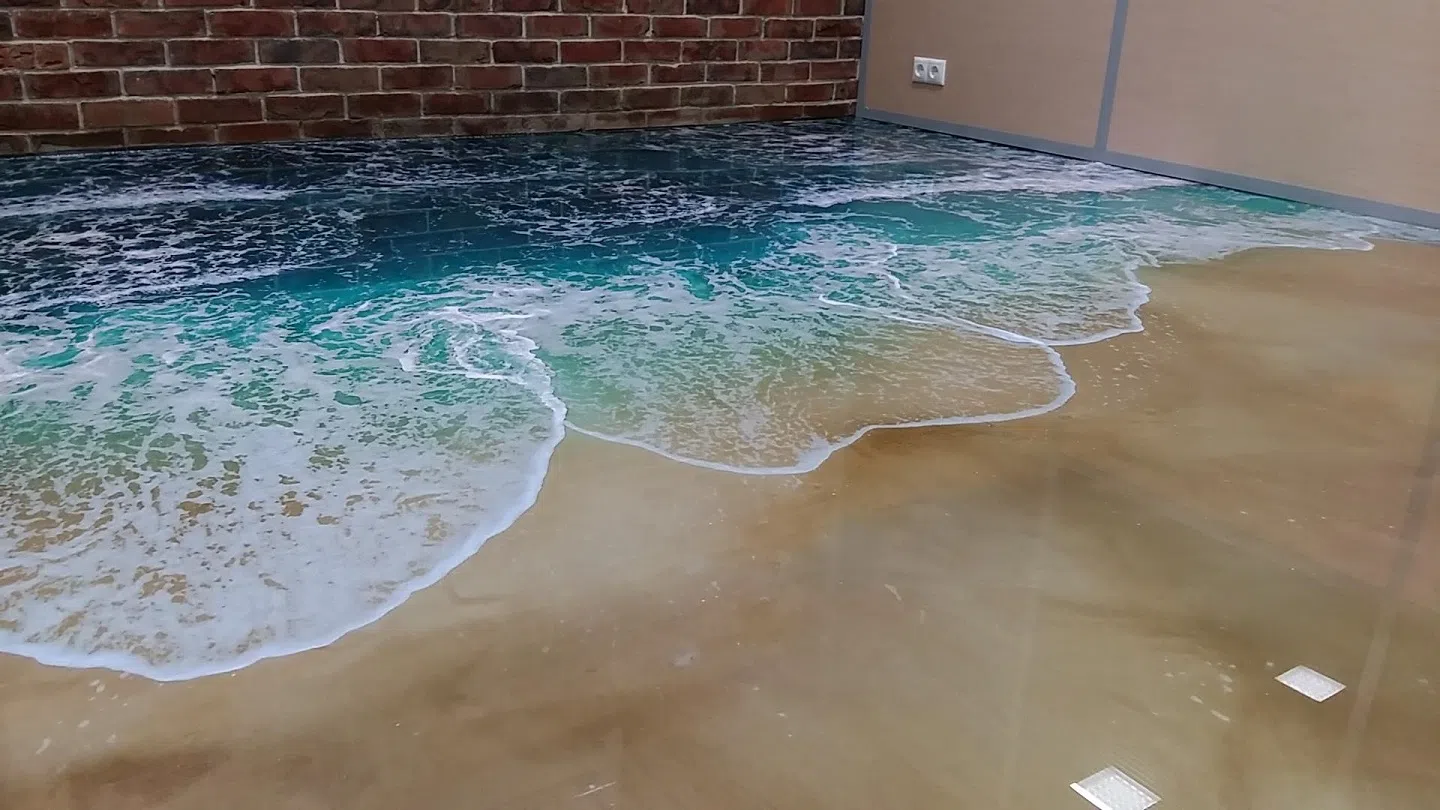
The scientific foundation that 3D flooring rests upon is as riveting as the visual illusion it fabricates. Epoxy resin, the material predominantly used, is a thermosetting polymer that combines adhesion, durability, and chemical resistance uniquely. At a molecular level, the cross-linking process—occurring when the resin and hardener mix—transforms the liquid epoxy into a solid state, forming a strong, impermeable layer that safeguards the 3D image underneath.
Incorporation of 3D Flooring in Commercial Settings

The application of 3D flooring extends beyond residential domains. In commercial spaces like shopping centers, eateries, hotels, and offices, 3D flooring can serve dual purposes—functional and promotional. It endures high foot traffic and can be designed to represent brand-specific themes or advertise products. Moreover, it can forge unforgettable customer experiences, thus encouraging customer loyalty and potentially stimulating business expansion.
The Significance of Technology in 3D Flooring
Technology is the driving force in every stage of 3D flooring, from conceptualization to application. High-definition image printing, precise positioning systems, and advanced material science construct these visually enticing floors collaboratively. As technology relentlessly progresses, it’s thrilling to consider how these advancements might further refine the quality, efficiency, and sustainability of 3D flooring in the times ahead.
3D Flooring: A Tool for Interactive Learning

The potential of 3D flooring surpasses just aesthetics and commercial gains. Especially in education, 3D flooring can morph conventional learning spaces into engaging, interactive zones, stimulating interest and active participation among learners.
Immersive Educational Spaces: Picture entering a classroom where the floor is a meticulous world map or an accurate portrayal of the solar system. Such immersion can render abstract ideas more palpable and motivate learners to interact with the topics more practically and experientially to amplify the joy of learning and boost comprehension and information retention.
Sturdiness and Safety in Educational Contexts: Educational establishments often demand flooring that endures intensive use. The robustness, cleaning convenience, and damage resistance of 3D flooring make it a desirable option for such environments. Moreover, its smooth, seamless surface can minimize tripping hazards, adding to the safety quotient of learning spaces.
Versatility and Customization
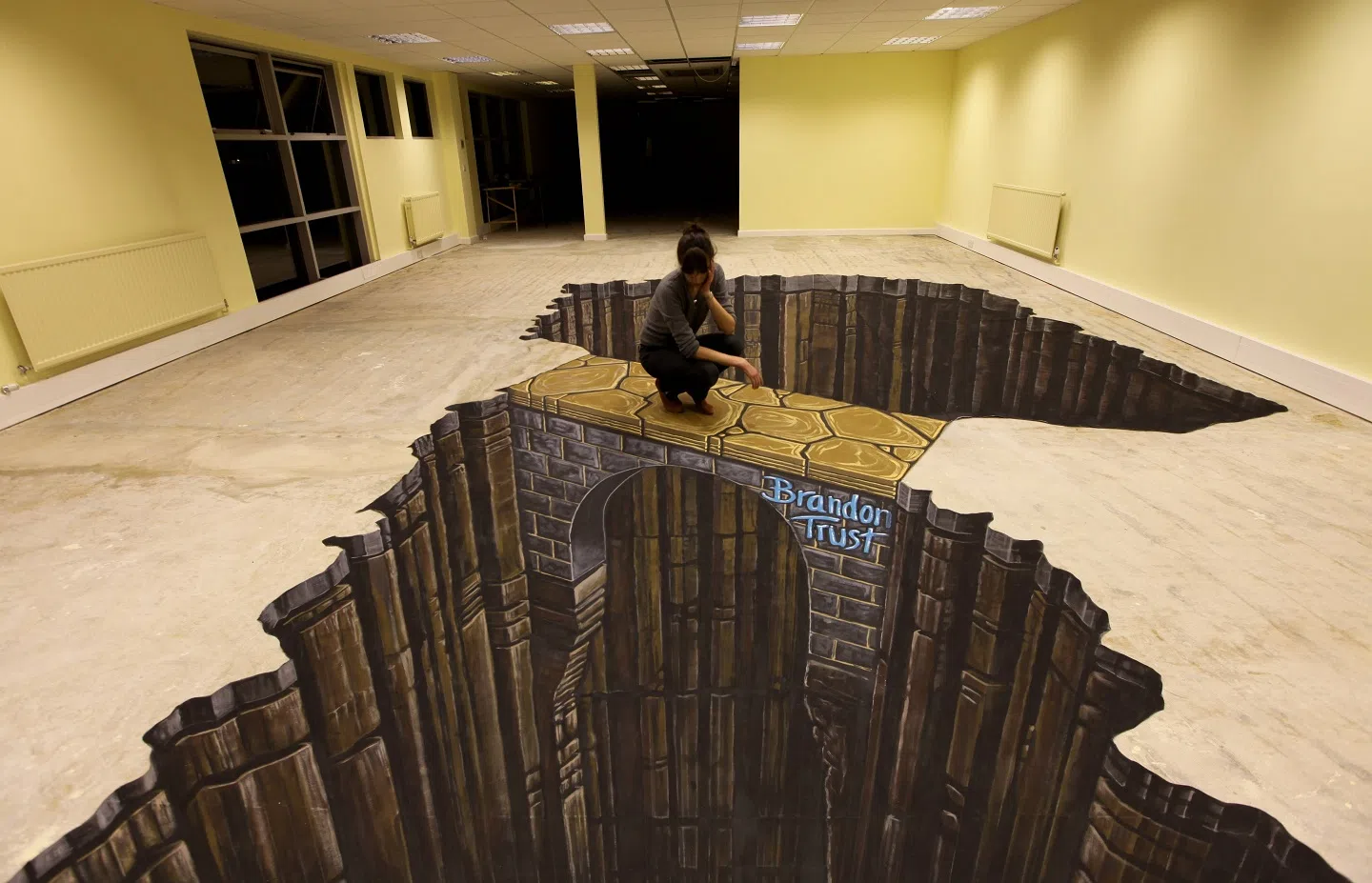
The capacity to tailor the design according to the educational content offers immense versatility. The floor can become an extension of the curriculum and be modified or updated to coincide with new learning themes or objectives.
Conclusion: Peeking into the Future of Flooring
Breakthroughs like 3D flooring illuminate the thrilling potential at the crossroads of technology and interior design. As we incessantly explore unique, expressive ways to enhance our living and working spaces, 3D flooring is an emblem of the unlimited creativity the future might unfurl. Whether fabricating awe-inspiring visual experiences or developing durable, easy-to-maintain surfaces, 3D flooring signifies a leap towards a more engaging and imaginative world.
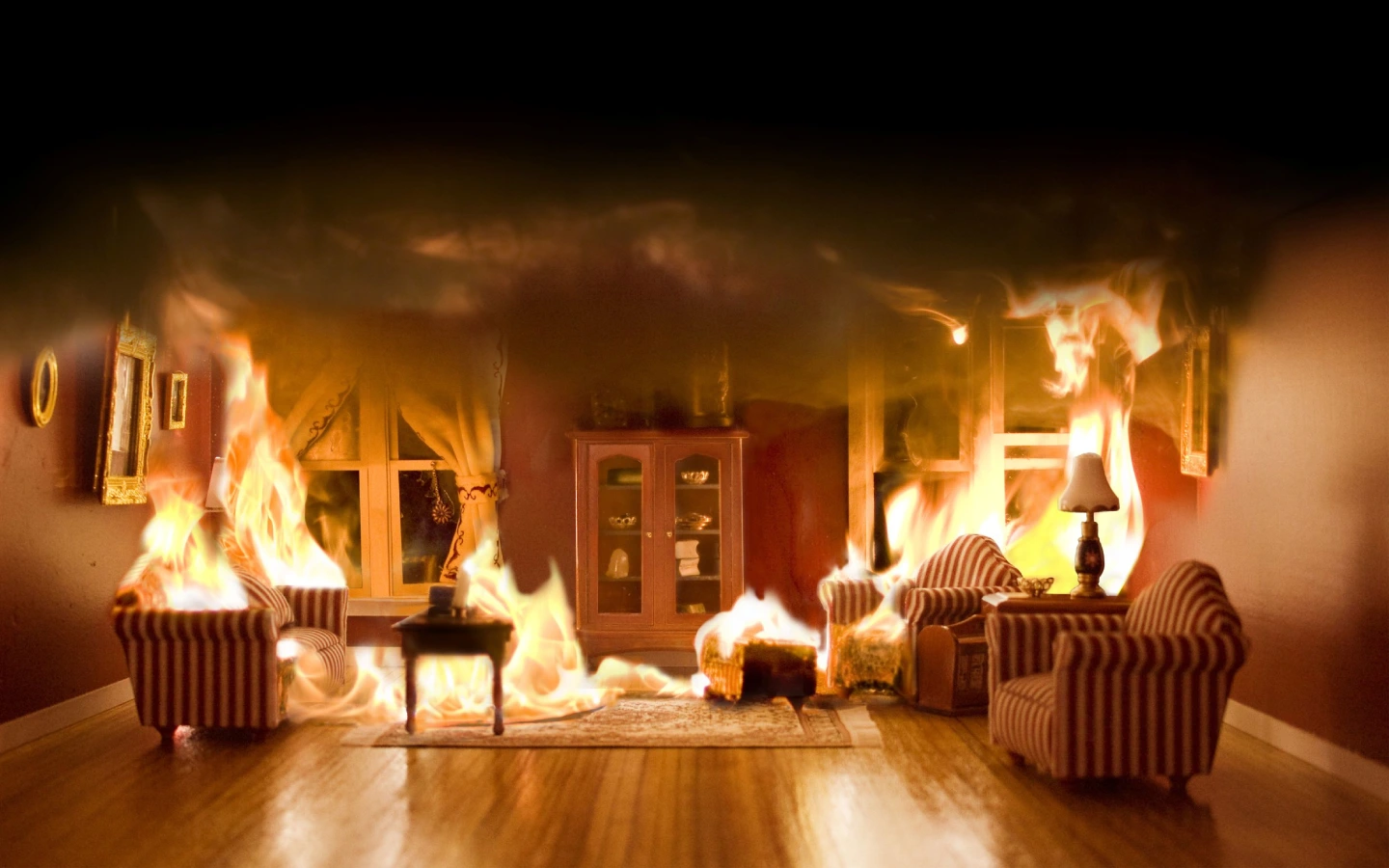
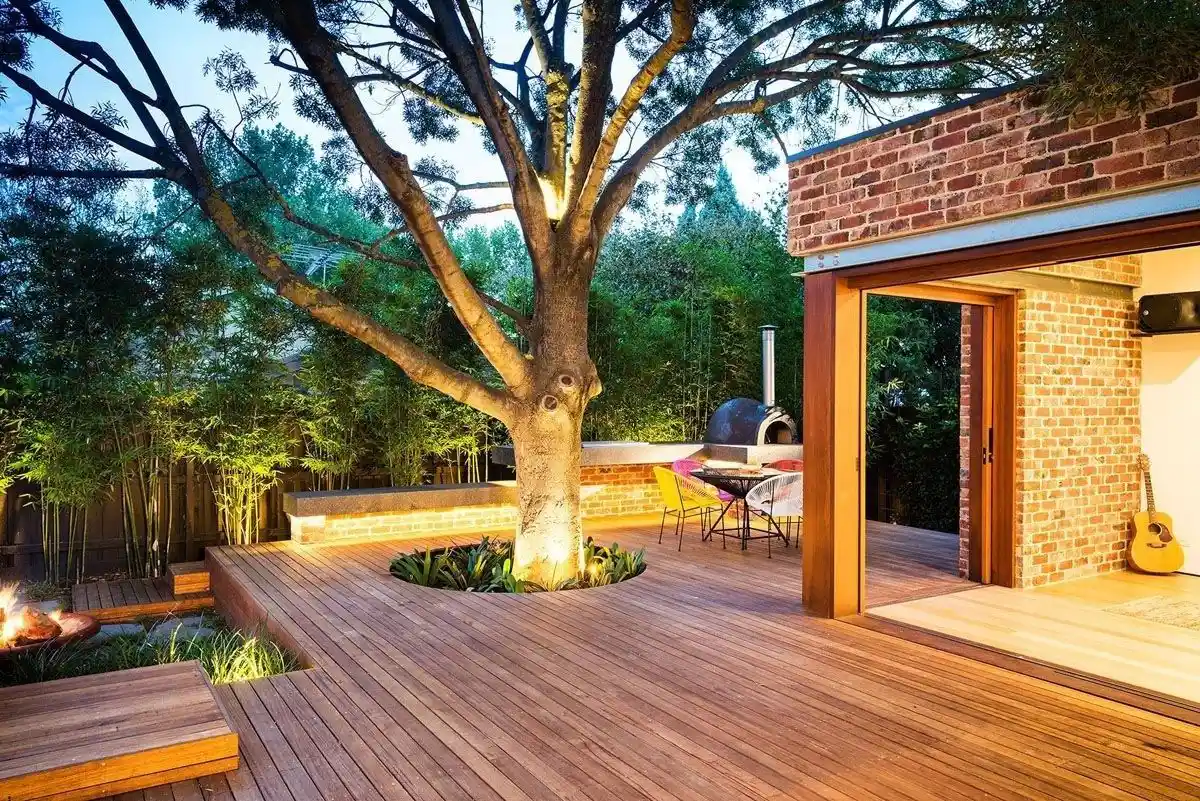

Did you find what you were looking for?